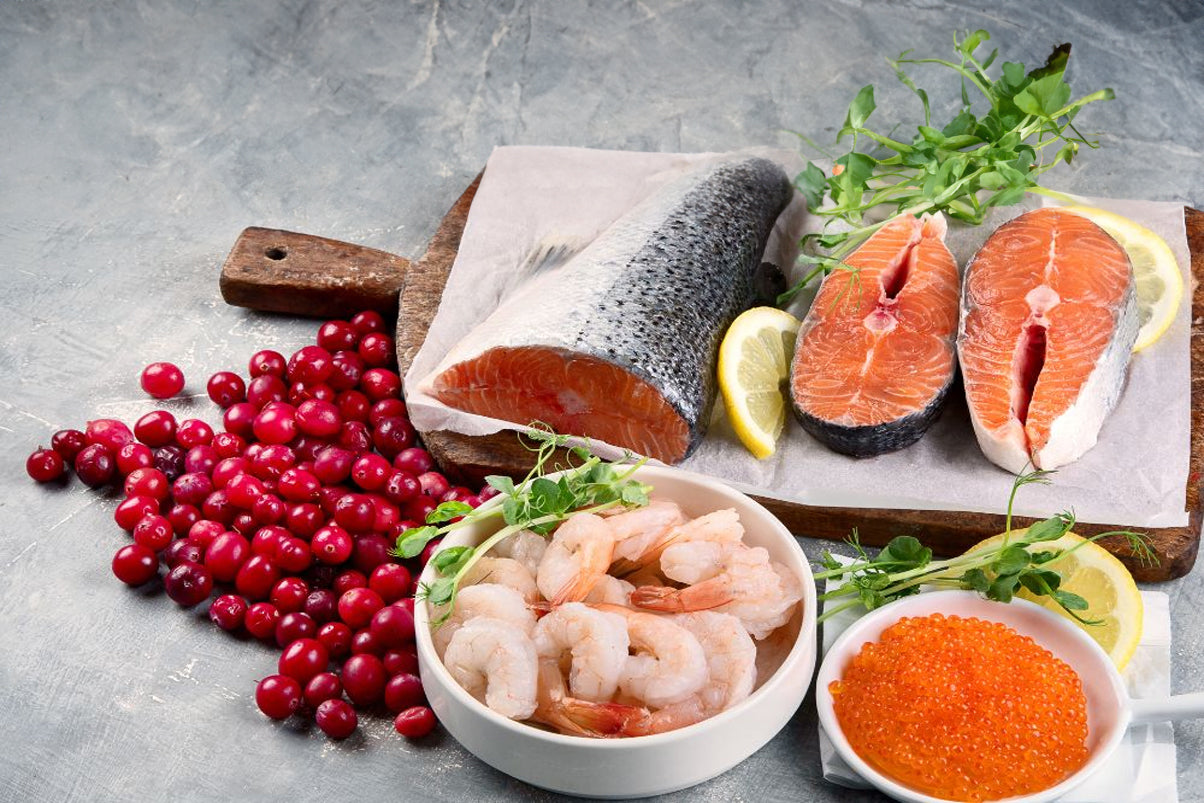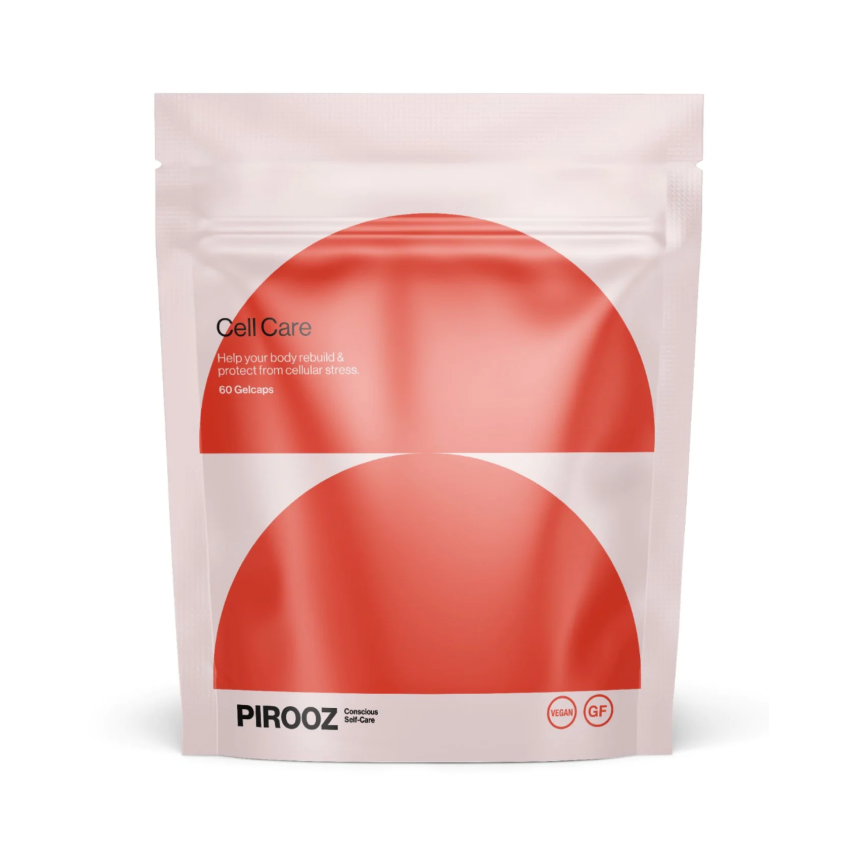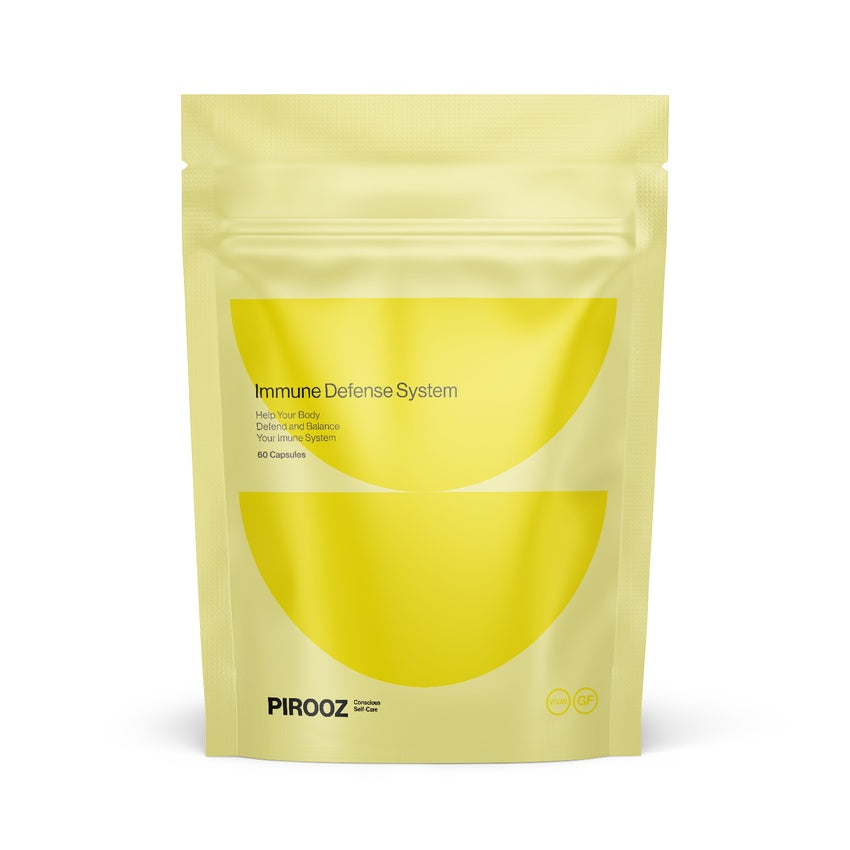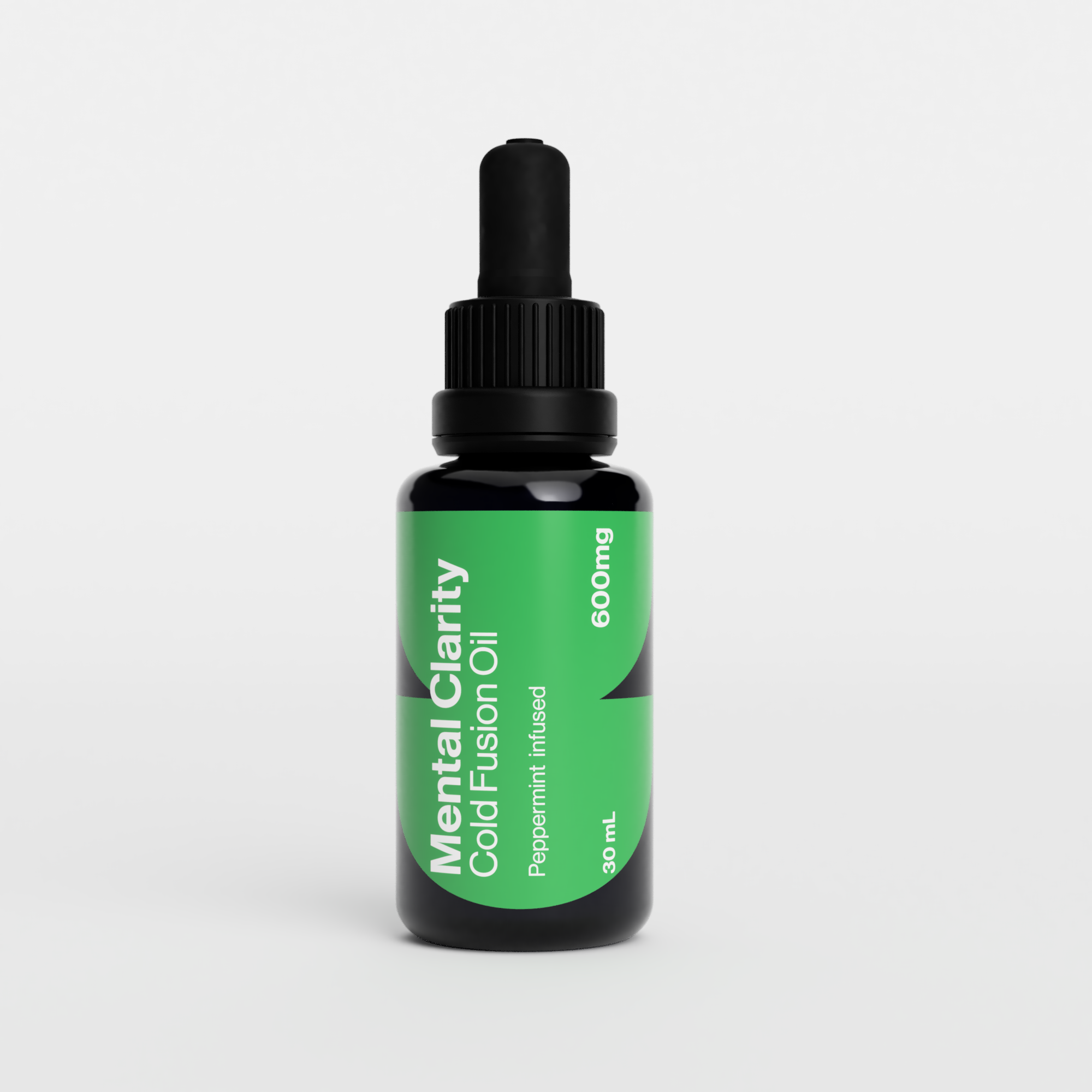Astaxanthin is a naturally occurring pigment that is found in a variety of marine plants and animals, including microalgae, yeast, salmon, trout, krill, shrimp, crayfish, seaweed, and other seafood. It can also be produced by some bacteria and fungi. The highest concentration of astaxanthin is typically found in microalgae, making it the most common source for commercial astaxanthin supplements.
How to take Astaxanthin?
The most popular way to consume astaxanthin is in supplement form, either as a capsule or a softgel. These supplements are usually made from microalgae and are available in various doses and potencies, making them easy to take and convenient for people to incorporate into their daily routine. Some people also consume astaxanthin by eating seafood that is naturally high in the pigment, such as salmon, trout, krill, and shrimp. However, it is often difficult to consume enough astaxanthin from food sources alone to achieve the desired health benefits, which is why supplements are the most popular way to consume astaxanthin.
Why is Astaxanthin red?
Astaxanthin is red because of its chemical structure. It is a xanthophyll pigment, which is a type of carotenoid pigment that gives many fruits and vegetables their red, orange, or yellow color. The red color of astaxanthin is due to the presence of multiple conjugated double bonds in its chemical structure, which absorb light in the blue and green regions of the spectrum and reflect red light. This red coloration is what gives astaxanthin its unique antioxidant properties and is what makes it such a potent source of health benefits for the human body.
Where Does Astaxanthin Come From?
by
Gregory Weber
on

Related Articles
Sidebar
Blog categories
This section doesn’t currently include any content. Add content to this section using the sidebar.
Recent Post
This section doesn’t currently include any content. Add content to this section using the sidebar.











